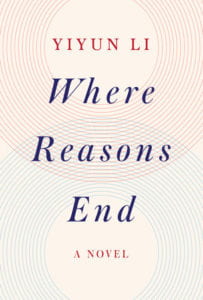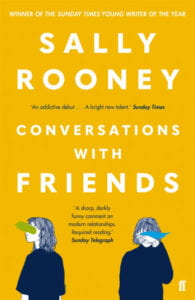A Poet Reflects on Friendship and Hope in “What You Have Heard is True”
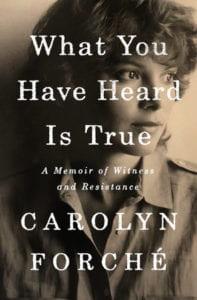 By Nicolette Natale
By Nicolette Natale
It begins with a stranger in a white Toyota Hiace with an El Salvador license plate, the car that pulls up outside poet Carolyn Forché’s house in California. It is the 1970s, and she is needed, the stranger tells her. El Salvador is about to go to war, and she needs to bear witness, to make people in North America understand.
The stranger is Leonel Gomez Vides, and he is central to Carolyn Forché’s riveting memoir, “What You Have Heard Is True,” a finalist for the 2019 National Book Award for non-fiction. As readers we understand that Gomez Vides deliberately presents himself as a mystery; he is a man who has posters of both Che Guevara and Mussolini in one of his homes so as not to reveal his political leanings, at least on the surface level.


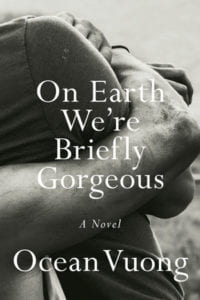
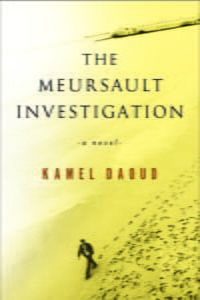 By Cora Lee Womble-Miesner
By Cora Lee Womble-Miesner
